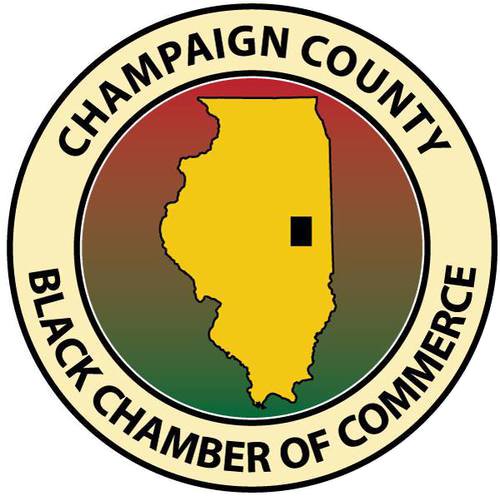401(k) and Roth 401(k)
Home » Financial Journeys » Investment Financial Journey » 401(k) and Roth 401(k)
Retirement is a major life milestone that requires careful financial planning to ensure a comfortable and secure future. Before you retire, take the time to consider potential living expenses, taxes and how much money you will need to live. You want to be realistic with your estimates and include any plans that impact your finances like remodeling your home or traveling. Having an accurate estimate of your expenses and accounting for any unexpected items like medical bills will ensure that you don’t outlive your savings.
Which is Right for You?
When planning for retirement, understanding the differences between a traditional 401(k) and a Roth 401(k) can help you make the best decision.
Traditional 401(K)
Pre-Tax Contributions
Contributions are deducted from your gross income, lowering your taxable income now.
Tax-Deferred Growth
Your investments grow tax-free until you withdraw in retirement, when withdrawals are taxed as ordinary income.
Employer Match
Many employers match a portion of your contributions, boosting your savings.
Roth Traditional 401(K)
After-Tax Contributions
You contribute after-tax income, so no taxes are due on withdrawals in retirement.
Tax-Free Growth
Investment gains and withdrawals are tax-free in retirement.
Employer Match
Matching contributions are made to a traditional 401(k) account, which will be taxed upon withdrawal.
Choosing Between
Tax Bracket
If you expect to be in a lower tax bracket in retirement, a traditional 401(k) might be better. If you anticipate a higher bracket, consider a Roth 401(k).
Diversification
Some split contributions between both to balance tax benefits.



